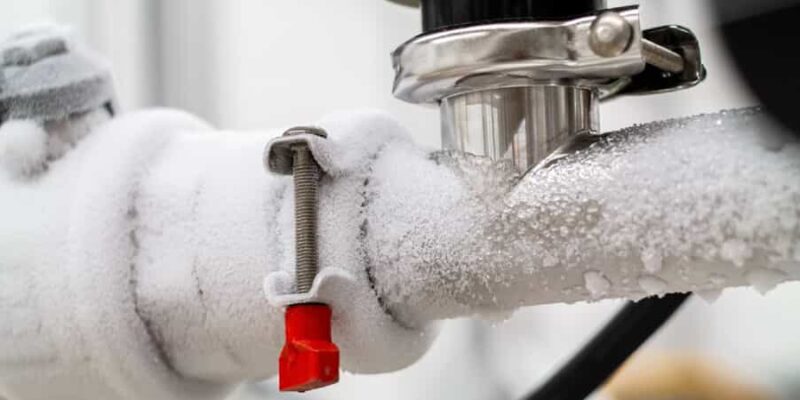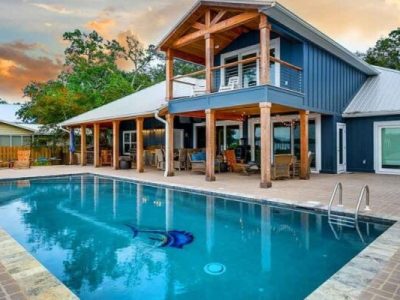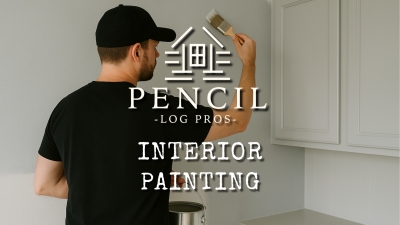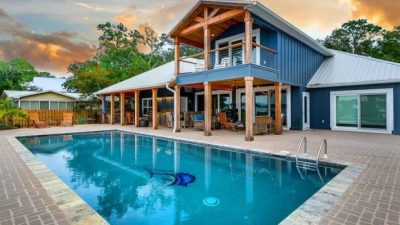When the cold temperature hits, winterizing your pipes can help them withstand the extreme weather. In this way, you will be able to prevent any pipe bursts or other associated problems such as leaks. When the water freezes, its tendency is to expand.
Such expansion can lead to pressure on your pipes, thereby bursting them or damaging them. If you are not at your home, then winterization is really important. One thing you need to keep in mind while doing this is to make sure the water is not running through pipes.
If there is less water, it means the freezing would be less as well, which is what we need. The damage can be severe in some cases. If you do not want costly repairs, then reach out to Hosack Plumbing Services at the earliest. In O’Fallon, you can easily find multiple plumbing services.
What is the procedure for winterization?
Before you go out and leave your home, there is a checklist that you can go through in order to ensure that everything is in place. There are several steps when followed rightly, can help you save from any unwanted troubles:
-
Close the main valve:
The first thing you need to do is to close the main water valve. It is usually from where the water supplies enter your home. It may be located in some crawl space of your home or in the basement.
You need to try and search for something that looks like a lever. Once you have closed the valve, open the faucets that are located inside your home.
-
Water heater settings need to be in place:
Make sure your water heater is at its lowest setting. To give you an example, let us say you have a water heater with a new thermostat. If that is the case, then it is suggested that you put it in vacation mode. This will help keep water in a flowy state and prevent it from freezing.
-
Flushing toilets:
Another thing you should ensure is that all the toilets at your home are flushed. Once you have turned off the water, flush the toilets. It will help get rid of any excess water that may be stored. You can also use antifreeze to avoid getting your pipes frozen.
-
Drains need to be prepared:
Make use of antifreeze in all your shower and sink drains, too. This is going to help in making sure that the traps do not get frozen. You will also be able to prevent vaporization. The trap seal will also remain intact.
-
Let the heat stay on:
The thermostat should be at 55 degrees Fahrenheit. It will help prevent the pipes from getting damaged by the freeze. Get your heating system inspected early on in order to avoid any damages or other things. This will help make the performance better, and you will be able to rely on it.
-
Use insulating sleeves for covering:
If the piping is exposed, make sure you use insulating sleeves to cover them. When the temperatures are frigid, such insulation can be of great help. This might be extremely helpful, especially for the exterior walls.
-
A garage door needs to stay shut:
Make sure you keep your garage door shut at all times. When the garage door stays closed, cold drafts can stay away from making their way to adjacent walls.
What are the steps to winterize the exterior plumbing?
- Make sure the valves for the internal water supply are shut.
- Garden hoses need to be disconnected; it is done to avoid freezing any water left in the hose when the temperature goes down.
- Gutters, if situated nearby, need to be cleaned, too.
Seek help from plumbing services!
If nothing works out for you, then it is better that you get help from a professional. Make sure you do it at the earliest sign of the problem. Do not delay fixing, as it can create problems for you.













Comments